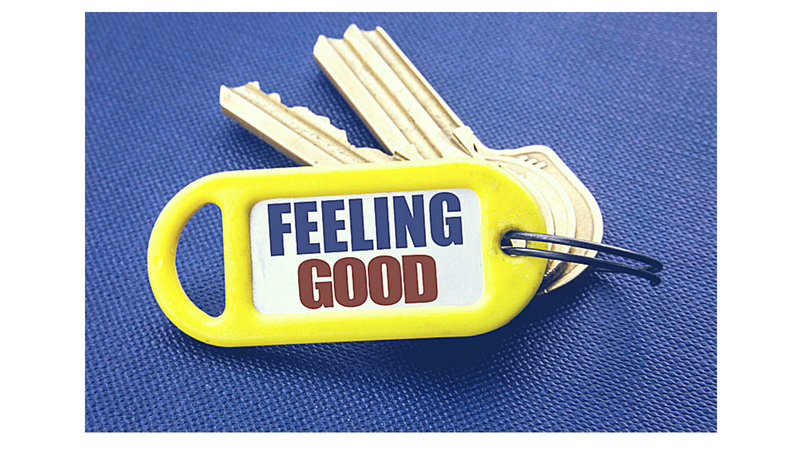
Berkeley Hypnosis Pain Management Secret #1

Calm These 3 Emotional Triggers to Succeed at Pain Management
The interplay between our emotions and our body plays a significant role when it comes to pain management.
It’s no secret that our emotions influence our physical conditions and create tangible sensations. We become hot with anger; we tremble with fear; and our hearts race with excitement.
When we have pain in our body, our emotions can make that pain worse. Being upset tightens up our muscles and stress raises cortisol levels which can increase inflammation.
Keep reading to find out how you can succeed at pain management by calming the three main emotional pain triggers that increase pain:
Click Here to Schedule a Free Consultation
Trigger #1: How You Feel About Your Pain
When I work with hypnosis clients on pain management, I ask them to rate their physical pain on a scale of 1 to 10. Then I ask them to rate how they feel about their pain on the same scale, in terms of how much it upsets them. Quite often, their emotional discomfort is at higher level than their physical pain.
This is important because as much as 90% of pain signals in the brain come from areas that have to do with the meaning we give to our pain. Only 10% or so is processed in the sensory cortex, which works with the physical causes of pain. So if you have anger, grief, or shame about your discomfort, these emotions create more pain. You will be less afflicted if you accept your pain, rather than fight with it. When you resist your pain, your body tightens up and makes it worse!
Here’s one of several pain management hypnosis techniques to help you do this.
Start by taking 10 deep breaths, with inhales and exhales that last for 10 counts each. Then ask your pain to appear to you as a character or some type of figure. If nothing comes, just use your imagination. (Mine comes to me as a cartoon ghost.) Then picture yourself giving this image a dozen roses. After it takes them, ask it if it wants anything else. Give it those things. Finally, thank it for all the lessons it’s been teaching you—for example, patience, the willingness to slow down, resilience, and compassion for others.
Do this as often as needed and you may notice your pain begins to decrease. Click Here to Schedule a FREE Consultation
Trigger #2: Your Anxiety About Your Pain
It’s well-documented that stress and anxiety cause negative reactions in the body.
If you have chronic pain, you are likely to have fear about situations and activities that could trigger your discomfort. Anxiety causes tension in the body and that tension restricts the blood and oxygen flow to the muscles, increasing pain. (This causes issues even with skeletal pain, because muscular tension creates added pressure on your bones.) Reduce this anxiety and you will reduce your pain.
One simple anxiety relief technique I use with clients is the Finger Dance. It is a form of bilateral stimulation, meaning that it rhythmically stimulates both sides of your body and both sides of your brain. This leads to a sense of relaxation, detachment from your problems and literally makes it harder to worry. To do the Finger Dance, point your right forefinger. Bring it down while you point your left. Go back and forth.
If the situation allows, you might want to look at each finger as it goes up. But you can also do this without looking, such as when you are driving or when you are in public. You may notice that your anxiety level goes down from this behavior alone.
But the Finger Dance becomes even more effective if you combine it with deep, even breaths. It’s easy to do this. While you move your fingers, just inhale for eight counts, and then breathe out for eight counts. As you do this, you will find you get calmer and calmer.
Click Here to Schedule a FREE Consultation
Trigger #3: Unprocessed Leftover Emotions
You can’t get through life without some kind of trauma. Most of my clients with chronic pain have had times in their childhood where they were hurt emotionally by a situation out of their control. But even as an adult, trauma can come from work situations, loss of relationships, accidents, or even being the victim of a crime. These traumas are rarely processed fully at the time they happen. We all have leftover fear, anger, grief or shame that gets stuck in our body; but people with chronic pain often have more than most. And just like with anxiety and stress, these unreleased emotions cause tension and cortisol in the body that can create pain.
That may be why a study of lumbar spine surgery patients showed that 75% of those with a poor surgical outcome had a history of physical abuse, sexual abuse emotional neglect or abuse, abandonment, or a chemically dependent caregiver. (There was only a 5% failure rate in the patients who had not experienced any of these traumas.)
I’ve noticed that many of my pain management hypnosis clients have unresolved emotional trauma in their past. This is especially true of those who come to me after surgeries that failed to give them the pain relief they sought, even if it’s milder than the types mentioned above. I work with them to hypnotically release the stuck emotional tension that they have been holding in their body. This approach usually reduces their pain and sometimes the discomfort completely goes away.
Try to do this yourself with this simple trick: Start with some deep breaths. Now focus on the area where you carry the pain in your body. Imagine all the emotions that may be connected to that pain. There are four broad categories you can use: grief, anger, fear and shame.
Move these emotions out of your body by the longest route. By that I mean, if the pain is in your foot, bring the emotion out the top of your head. If it’s in your shoulders, bring it down through your feet. When the emotions come out, throw them into the sun or the core of the earth and let them burn up. Then ask yourself if you got all of the emotion that was available in the moment or if there’s more. Rinse, lather and repeat until you feel complete. You may notice that the level of your pain has decreased.
This technique (and all the others I mention) work better with practice. And of course, the best way to succeed at pain management hypnosis is to see a professional hypnotherapist who can give you feedback and also customize each session to your personal needs.
If you’d like a free consultation with me to discuss whether pain management hypnosis would be effective for you, click here.
Click Here to Schedule a FREE Consultation

Leave a comment